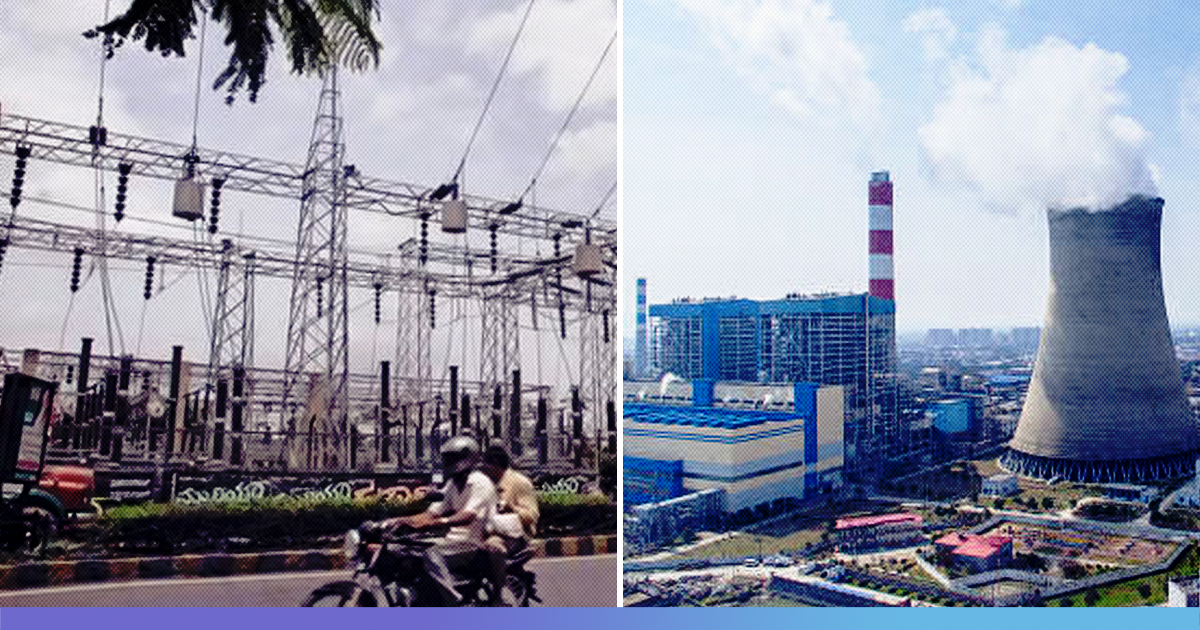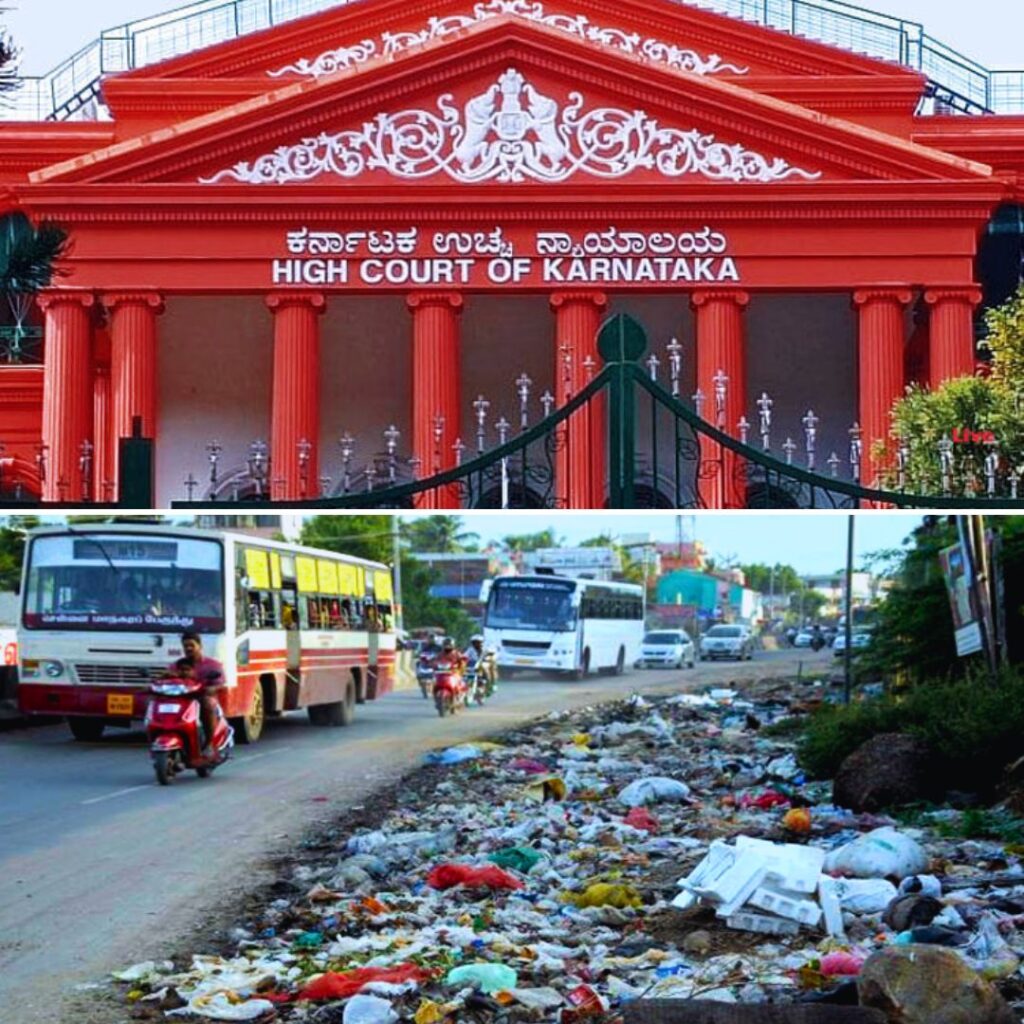Only 10% of the financially distressed coal power plants have been able to revive their outstanding debt, according to an analysis by credit rating agency ICRA.
Around Rs 1 lakh crore worth of loans extended to the thermal power companies in India have gone bad, which is 18 per cent of the total outstanding debt for the power sector, according to The Energy and Resources Institute (TERI).
“The resolution of stressed thermal assets remains slow despite the various measures undertaken by the government and lenders, with only about 10% of the 40 GW stressed coal-based capacity-achieving resolution, mainly through acquisition by a new sponsor,” the report by ICRA said.
“The balance capacity is under various stages of resolution, including through Insolvency and Bankruptcy Code (IBC). In natural gas, the absence of any policy measures for use of imported R-LNG (re-gasified liquefied natural gas) with subsidy support makes the resolution for the sector uncertain,” the report read.
All-India electricity demand growth slumped to 4.4% in the first six months of FY2020, from 6.0% in the previous year. This, along with a growth in generation from hydro, nuclear and renewable sources in the first six months of FY20, resulted in a decline in all-India thermal PLF (plant load factor) to 57.7% from 59.5% in FY2019.
The supply of coal to the power sector by Coal India Ltd also declined by 7% in the first half of the fiscal year, because of lower production, an extended monsoon and the labour issues, the note said.
Girishkumar Kadam, Sector Head & Vice President, ICRA Ratings, said in the report: “The progress on stressed asset resolution (in the thermal sector) remains slow, because of the time taken to achieve sustainable resolution, regulatory challenges in securing approvals for projects with existing competitively bid-based power purchase agreements (PPAs), still limited progress in signing of new long-term PPAs and subdued thermal capacity utilization levels.”
A lack of interest in acquiring stressed thermal assets comes at a time when thermal PLFs are falling. The decline in PLF was sharpest for the central sector coal utilities from 70.8% in FY2019 to 64.2% in first six months of FY2020.
The Indian power sector faces huge challenges from high-paying industry and commercial consumers to tariffs from low-paying agricultural and residential consumers.
In order to bridge the gap in the tariff subsidy, state governments also provide direct budgetary support to distribution companies. However, the gap in the tariff subsidy is not fully recovered by such fiscal subsidies, leaving distribution firms with large accumulated losses. Dues of around Rs 67,400 crore were outstanding from distribution companies to generators at the end of June 2019, according to power ministry data.












